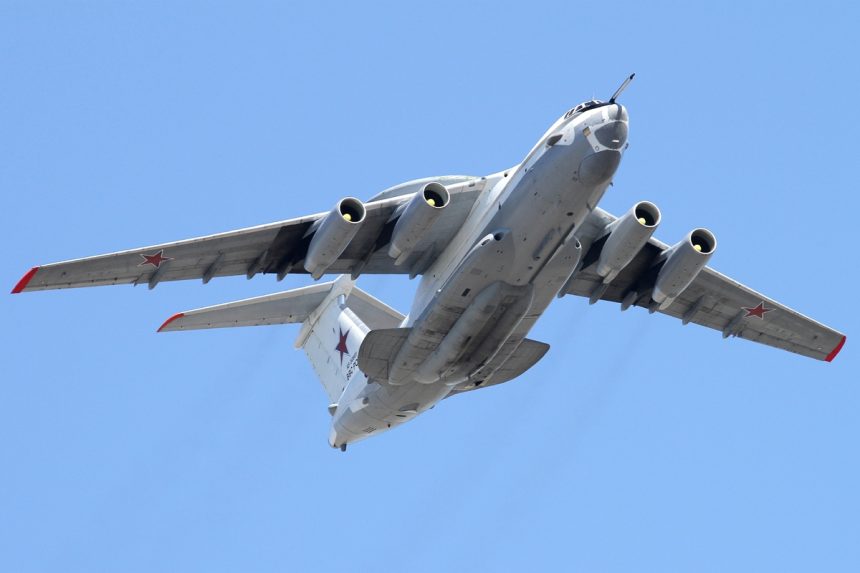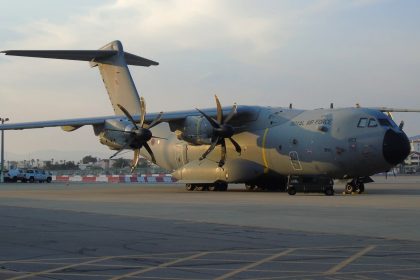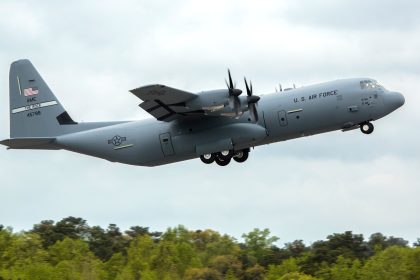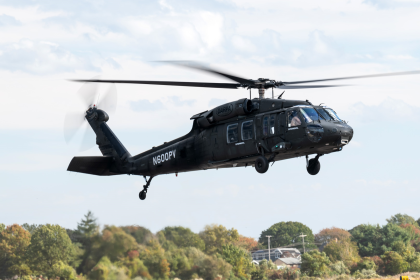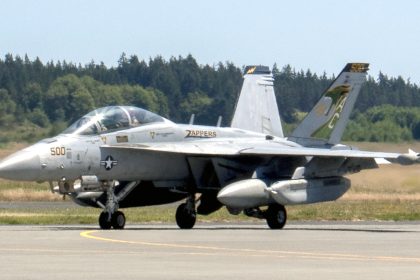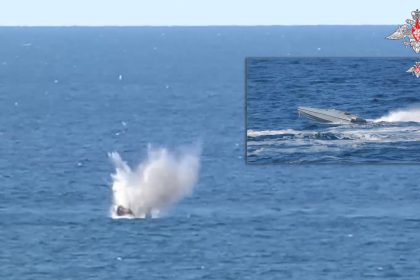Pretty tense “close encounter” between Russian Air Force and ROKAF (Republic Of Korea Air Force) aircraft early today.
A Russian Air Force A-50 Mainstay Airborne Early Warning aircraft violated South Korea’s airspace above the East Sea twice on Jul. 23, 2019 prompting the ROKAF jets scrambled to intercept the intruder to fire around 280 warning shots, according to officers from the South Korea’s Joint Chiefs of Staff (JCS).
The incident occurred in the sky above the East Sea near South Korea’s easternmost islets of Dokdo, an island that is occupied by South Korea and also claimed by Japan, which calls it Takeshima and the violation marks the first time a foreign aircraft violated Korea’s territorial sky and South Korea fired warning shots in response.
Earlier on the same day, two Russian Tu-95 bombers and two Chinese H-6 bombers had entered South Korea’s air defense identification zone (KADIZ). Noteworthy, the two Russian Bears flew through the KADIZ without prior notification again in the afternoon.
Russia denied violating any airspace and accused South Korean pilots of being reckless.
Pay attention: there’s a significant difference between territorial sky and ADIZ.
The ADIZ is an airspace surrounding a nation or part of it where identification, location, and control of aircraft over land or water is required in the interest of national security. This means that any aircraft flying in these airspaces without authorization may require identification through interception by fighter aircraft in QRA (Quick Reaction Alert). ADIZ around the world extend well beyond the boundaries of the national airspace above territorial waters (in fact, they are not defined in any international law), but any (civil) aircraft that enters such closely monitored airspace is tracked and requested to provide its planned course, destination and any additional details that may help its identification. Military aircraft that do not intend to enter the national airspace are not required to identify themselves or otherwise comply with ADIZ procedures but it is a common practice that any foreign military aircraft flying within the ADIZ, is intercepted, identified and escorted.
On the other side, territorial sky is the nation’s sovereign airspace over territorial land and waters (that extend to 12NM from the coast).
As you may understand, intrusions into sovereign airspace are far less frequent than ADIZ (or KADIZ) “violations”. For instance, two Russian military aircraft violated KADIZ on June 20 and stayed in the zone for about a half-hour, whereas Russian bombers regularly fly close or into the Alaska ADIZ as we have often reported in the past.
A full account of what happened today according to the South Korean sources has been published by the Yonhap News Agency:
The Russian early warning plane first entered KADIZ at 09:01 and flew further into the airspace after 8 minutes.
“The Air Force instantly deployed multiple jets, including F-15Ks and F-16Ks, and sent warning messages to it in accordance with operation manuals. But the plane did not respond, so one of our aircraft fired some 10 rounds of flares and 80 warning shots,” a JCS officer said.
The Russian aircraft then left the airspace after three minutes, and finally flew out of KADIZ at around 9:15 a.m, he added.
At around 9:33 a.m., however, it again encroached upon South Korean airspace. Following stronger military actions involving around 280 rounds of warning shots, the aircraft left the airspace four minutes later. It finally flew out of the air defense zone at 9:56 a.m.
Before the airspace infringement took place, two Russian and two Chinese bombers violated KADIZ earlier in the day, according to the officers.
At around 6:44 a.m., two Chinese H-6s flew into KADIZ from northwest of South Korea’s Ieodo, a submerged rock south of the southern island of Jeju, and stayed for about 30 minutes.
At 7:49 a.m., they re-entered the air defense zone from the south of the eastern island of Ulleung, and stayed there about 30 minutes before leaving the zone heading northward.
The Chinese aircraft then joined two Russian TU-50s and flew southward together over the East Sea. The four entered KADIZ at around 8:40 a.m. for a 25-minute flight, according to the JCS officer.
Later in the day, at around 13:11 p.m., the two Russian bombers again entered KADIZ and left the zone 27 minutes, he added.
Taken all together, the Russian aircraft stayed in KADIZ for about 93 minutes, and the Chinese warplanes stayed there for 85 minutes.
According to the South Korean military, it seems like the Russian and Chinese aircraft have conducted joint military drills, which would be rather unusual.
Anyway, the Beriev A-50 Mainstay often accompany the Russian Bear on their long-range patrols across the world. Here’s what we wrote about the presence of the AEW platform in a mission near Alaska in May 2017:
The presence of the Mainstay should not be underestimated. It was flying well behind the Flanker and Bear aircraft with a specific purpose. As an AEW (Airborne Early Warning) platform the A-50 is believed to embed some ESM (Electronic Support Measures): in other words, it is able to detect far away targets as well as able to sniff radar, radio and data link emissions. Furthermore, Raptors in QRA (Quick Reaction Alert) *usually* fly with external fuel tanks and Luneburg lenses: this means that they are (consciously) visible to radars. In such conditions, although it can’t “characterize” the clean F-22’s signature, the Mainstay can at least gather some data about the interceptors’ radar emissions (if any) and observe and study their tactics.
Therefore, as frequently happens on both sides since the Cold War, on May 3, the Russians most probably carried out another simulated long-range strike mission but with a precise ELINT (ELectronics INTelligence) objective: the Flankers and Bears were acting as a “decoy” package to test the American scramble tactics and reaction times, whereas the Mainstay, in a back position, tried to collect as much signals and data as possible about the US fighters launched to intercept them.
Summing up, flights close or into ADIZ around the world are somehow frequent. What’s rarer (and far more dangerous) is the intrusion into a sovereign airspace and the subsequent use of warning shots by the interceptors with a much higher risk of escalation.

